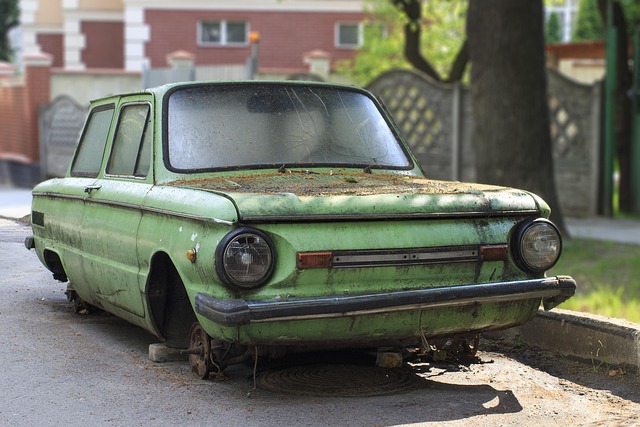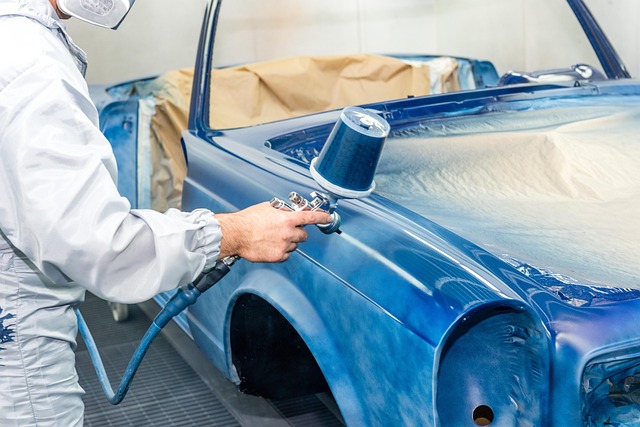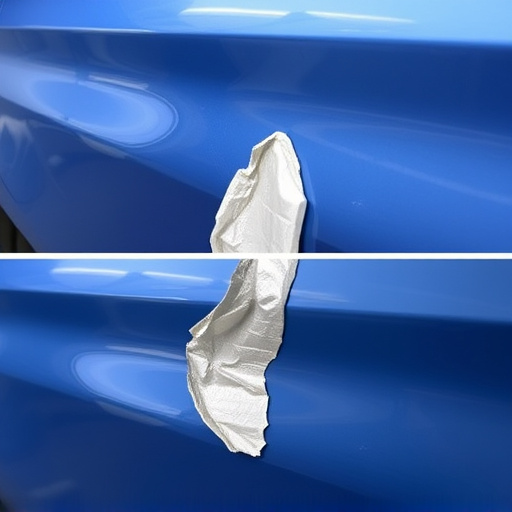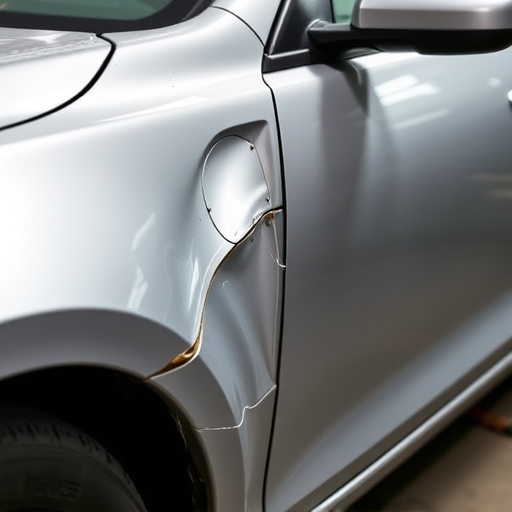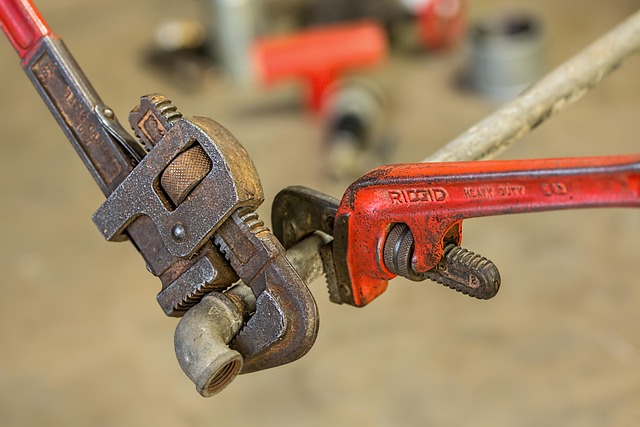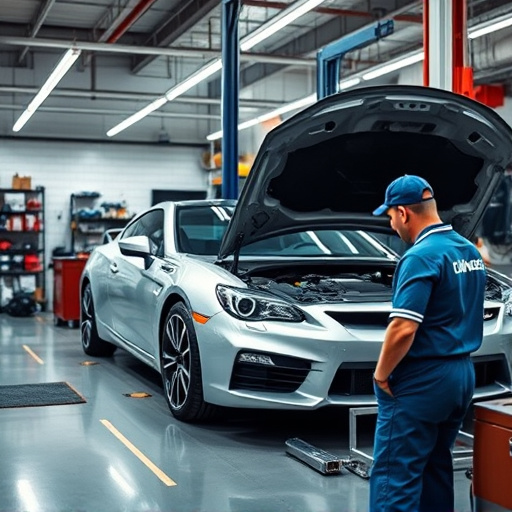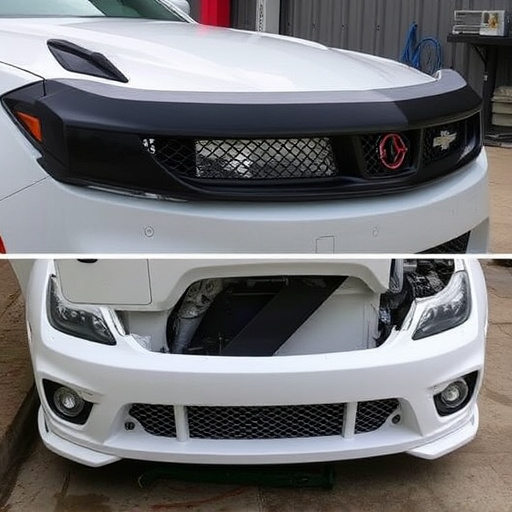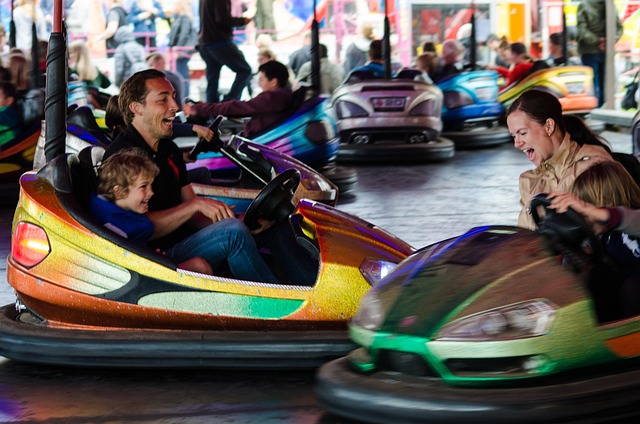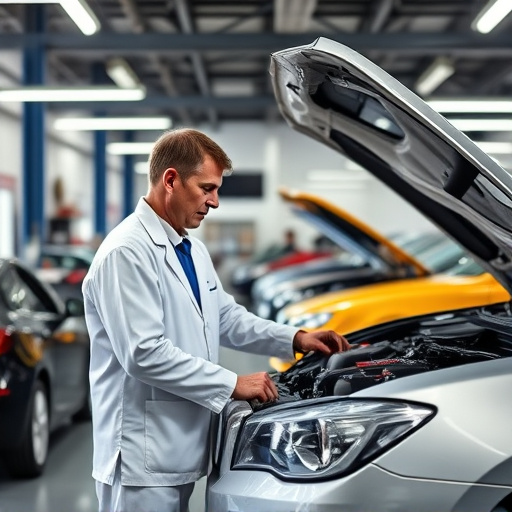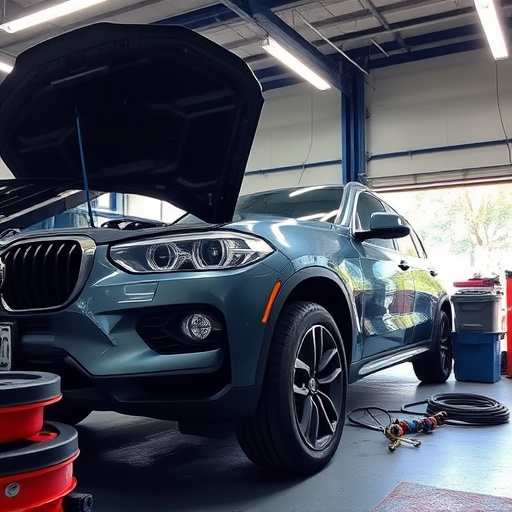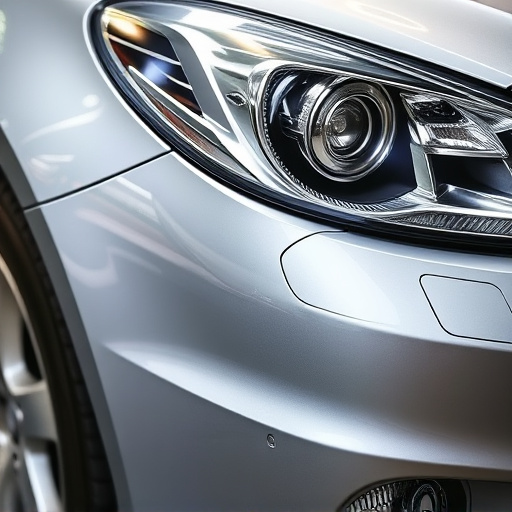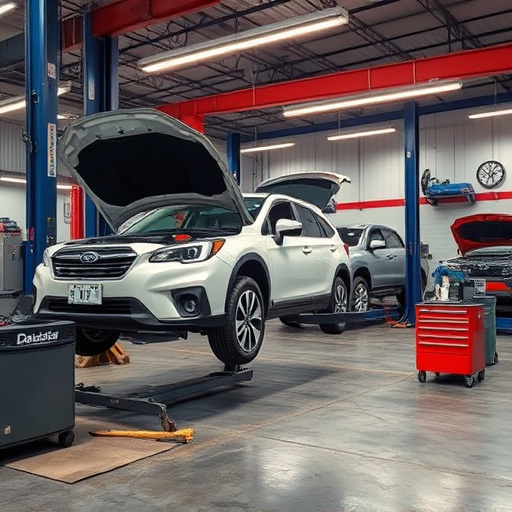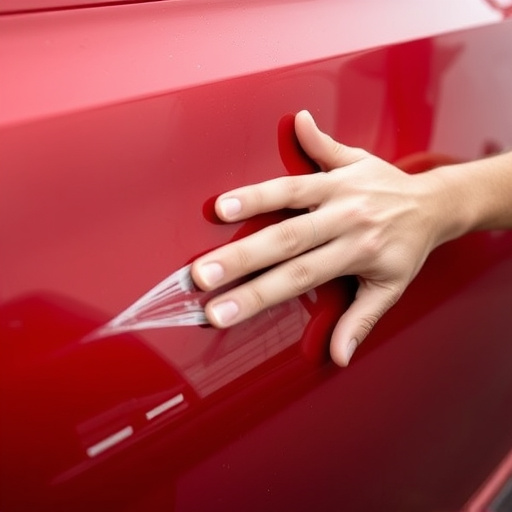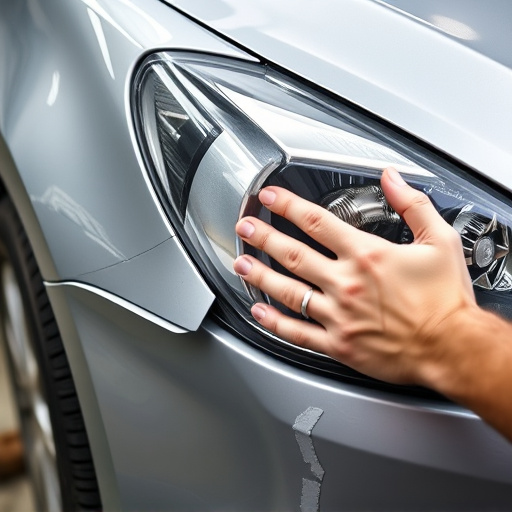Pearl finishes on cars aren't just about looks—they're about light interaction. Pearl finish collision repair demands advanced techniques from experts to match not just color but also the unique interplay of light, preserving original beauty and providing a satisfying restoration experience. This meticulous process involves precise measurements, advanced computer programs for color matching, and specialized tools to mitigate paint fade effects, maintaining curb appeal and resale value.
“In the realm of automotive collision repair, achieving flawless results with pearl finishes is an art. This article explores the intricate relationship between paint fade and matching these exquisite finishes accurately. We delve into the unique properties of pearl finishes, how paint deterioration influences the repair process, and the advanced techniques used to restore them. By understanding these factors, professionals can navigate the challenges of pearl finish collision repair, ensuring a symphony of color and texture that matches the original vehicle perfectly.”
- Understanding Pearl Finish and Its Unique Properties
- The Impact of Paint Fade on Collision Repair Process
- Techniques to Achieve Accurate Color Matching for Pearl Finishes
Understanding Pearl Finish and Its Unique Properties
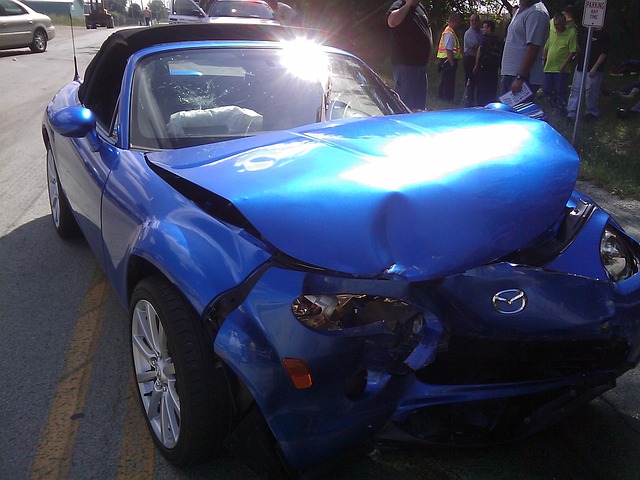
Pearl finishes are not just visually stunning; they possess unique properties that make them a sought-after choice in automotive paint jobs, particularly for luxury and sports cars. These finishes create a glossy, iridescent effect with subtle color shifts, giving vehicles an elegant, three-dimensional appearance. The intricate process involves multiple layers of specialized paint designed to reflect light in specific ways, resulting in the breathtaking metallic sheen we associate with pearls.
In the realm of pearl finish collision repair, understanding these properties is crucial. When a car with a pearl finish sustains damage, it requires precise and meticulous attention during the repair process. Unlike solid colors, repairing pearl finishes involves matching not just the base color but also the intricate interplay of light and reflection that defines their beauty. This demands advanced techniques and specialized knowledge from auto collision repair experts to ensure the restored vehicle retains its original allure, providing a seamless and satisfying experience for car owners who value this unique aesthetic.
The Impact of Paint Fade on Collision Repair Process
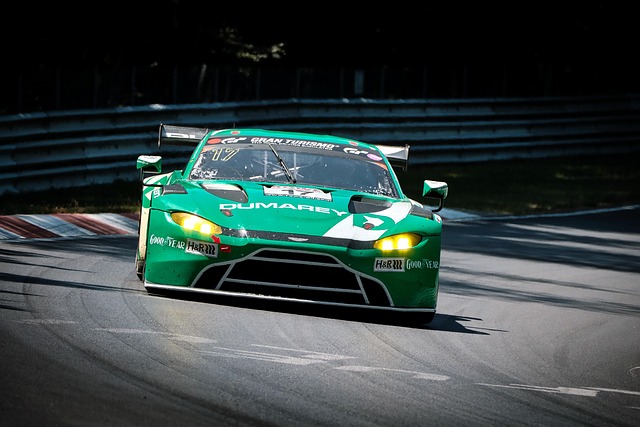
The process of pearl finish collision repair involves meticulous attention to detail, and paint fade plays a significant role in achieving a flawless result. When a vehicle undergoes a collision, the impact can cause paint discoloration, leading to an uneven or faded appearance. This is particularly evident in the case of luxurious finishes like pearl. Auto body painting experts must carefully assess the extent of paint damage during the collision repair process. If left unaddressed, faded areas could compromise the overall aesthetic and value of the vehicle.
Collision repair technicians employ specialized techniques to mitigate paint fade effects. By using advanced tools and precision-matching paints, they strive to restore the original pearl finish’s vibrancy. The challenge lies in blending the repaired area seamlessly with the surrounding unharmed surface, ensuring a perfect match both visually and in texture. This level of craftsmanship is essential for maintaining the vehicle’s curb appeal and resale value, especially for those seeking top-notch pearl finish collision repair services.
Techniques to Achieve Accurate Color Matching for Pearl Finishes
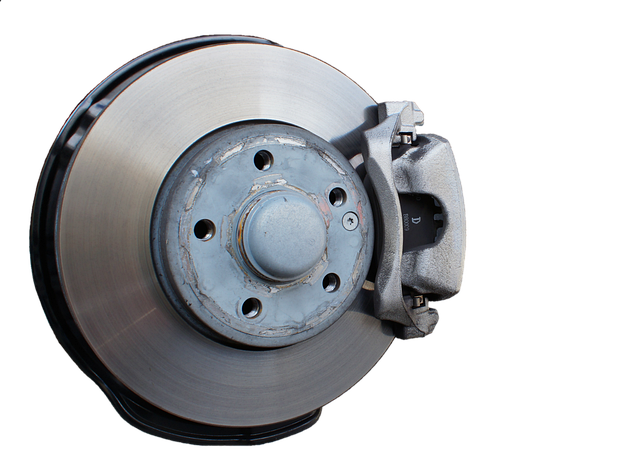
Achieving accurate color matching for pearl finishes in collision repair is an art that combines technical skill and scientific understanding. The first step involves taking precise measurements of the damaged area using specialized tools to capture the exact shade, tone, and reflectivity of the pearl finish. This data is then fed into advanced computer programs designed for color mixing, ensuring an exact replication.
Technicians employ various techniques, such as manual blending or using automated machines, to apply layers of paint carefully, mimicking the unique qualities of the pearl finish. They must be adept at manipulating light and understanding how different pigments interact to create the desired effect. Additionally, factors like environmental conditions and surface preparation significantly impact final results in vehicle paint repair, particularly with car bodywork featuring intricate designs or detailed bumper repairs, requiring meticulous attention to detail.
In conclusion, effectively managing paint fade is paramount in pearl finish collision repair. By understanding the unique properties of pearl coatings and their sensitivity to color changes, professionals can employ specific techniques to achieve precise color matching. This ensures that repaired vehicles not only look aesthetically pleasing but also maintain their distinct pearl finish, enhancing overall vehicle value and customer satisfaction.
